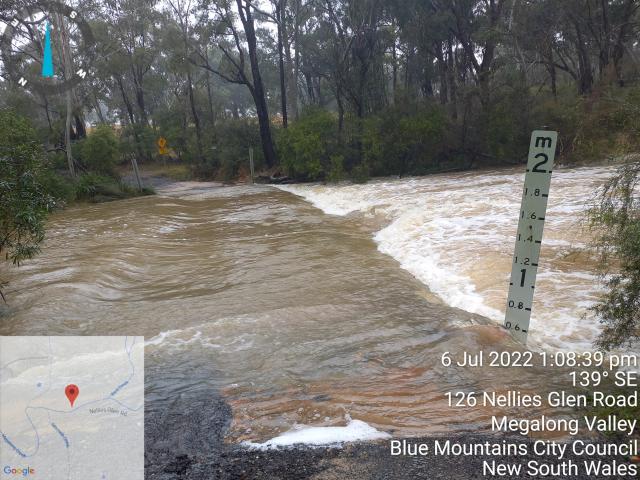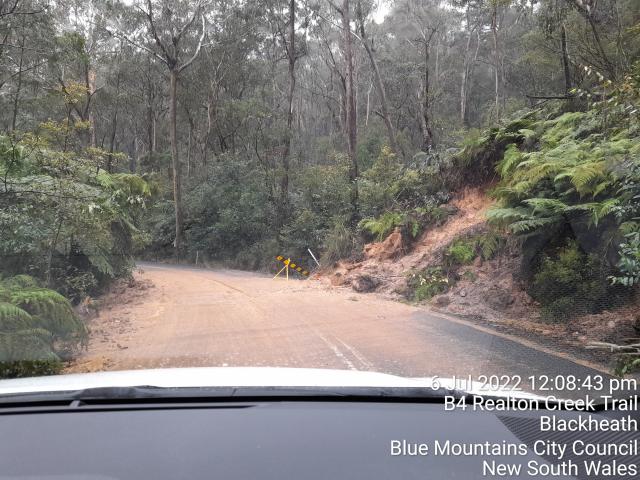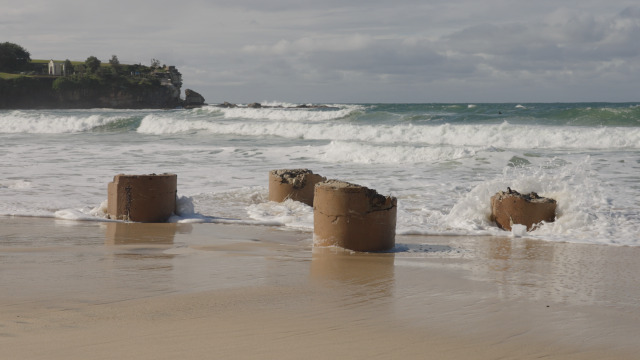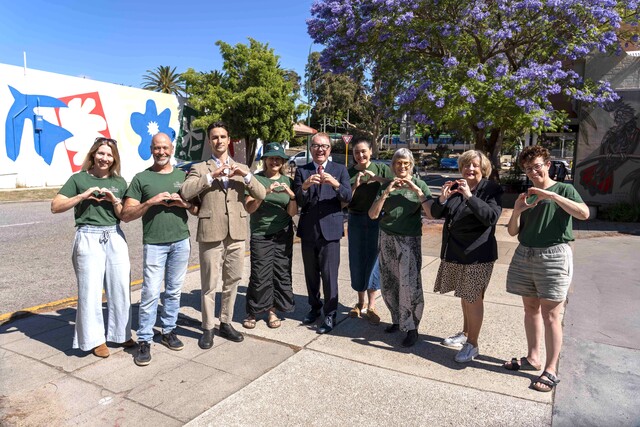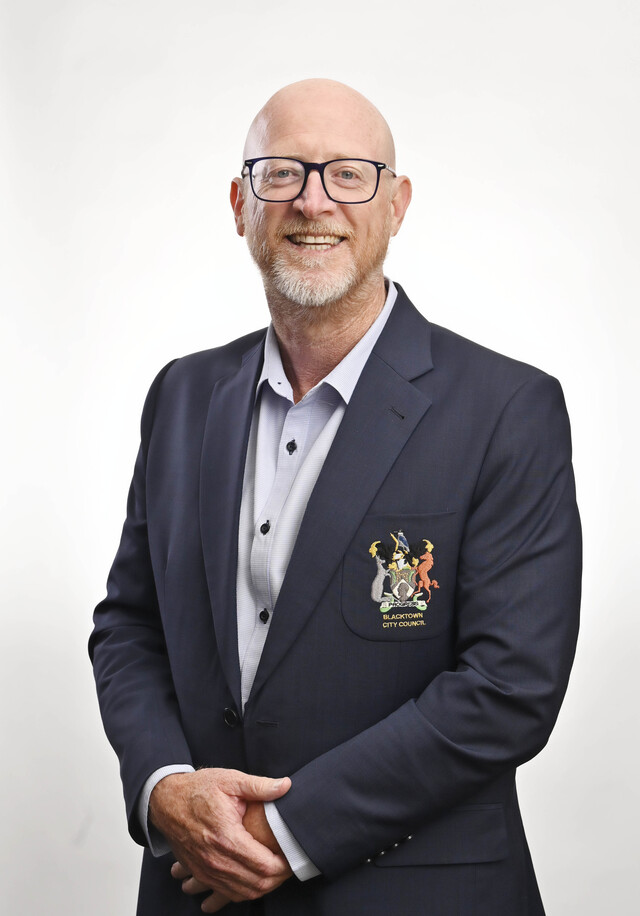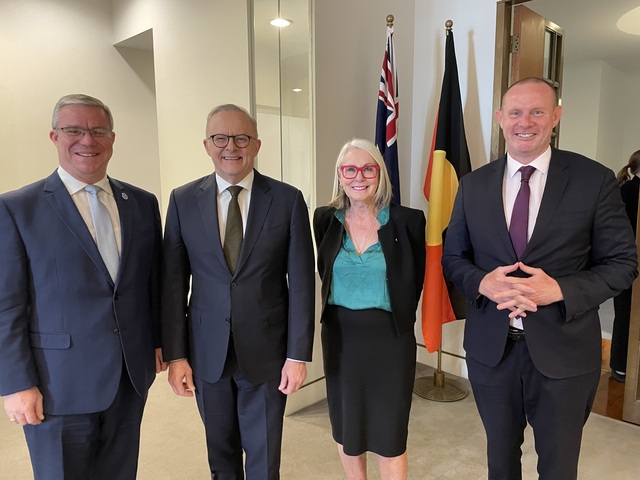Greater cooperation between all tiers of government is needed as the Australia battles the effects of climate change according to the mayor of one of the worst-hit areas in the country.
City of Blue Mountains Mayor Mark Greenhill said there was a global partnership to deal with Climate Change, but our country also needed a national partnership if it was to combat what has been happening.
Mayor Greenhill said his city seemed to be on the “frontline” of climate change and was looking at a $400 million bill from this month’s weather event to create future-proof infrastructure that could withstand the current weather patterns – a sum hard to raise for a city that sits on a ridgeline surrounded by World Heritage listed land with no room for industrial precincts and earning just $90 million in rates from a population of 78,000.
He said the city had infrastructure built in the ’20s through to the ’80s that was never built with this amount of rain in mind.
“Two hundred mills a day in the Blue Mountains is unheard of so that infrastructure built so many years ago was never designed to cope with this,” the Mayor said.
“The answer is a complete redesign of our infrastructure and that’s why its $400 million. That isn’t just to replace what has been damaged that is to build back better so it doesn’t wash away next summer.”
“Building back better is what the money is for – not just repatching roads as they were before or fixing drains, or building land-bridges.
“You can never have a population or industry that can sustain high levels of income. We operate off a narrow rates base. The only thing we can do is rely on the support of government.
“And I don’t think its just us. There are going to be those councils in flood plains in the same position. Even though they may be wealthier, the simple fact is climate change means the cost of running a city that’s effected by climate change is massively increased.
“We’re responsible for a significant percentage of infrastructure in the nation as a sector – local government – but we only draw upon a couple of percent of the money available for infrastructure in terms of the tax base.
“So, either that shifts or there has got to be some partnership with the other levels of Government so we can run our cities.
“We always talk about partnerships between the levels of Government but this needs to be a very real exploration of that.
“That’s what I would be positing. The ratio of funding we take for infrastructure from the national tax dollar compared to the responsibility we have is unsustainable without climate change. When you factor in climate change it becomes even more unsustainable. The fact is that these events are being caused by climate change supercharged by human activity and that means we have to have partnerships. We have a global partnership on this issue but in Australia we need a national partnership.”
He said this month’s disaster declaration is almost situation normal in his almost decade-long tenure as mayor.
“We’ve had an interesting journey, in the nine years that I’ve been mayor we’ve had the 2013 bushfires where 200 homes were destroyed in two hours, we’ve had multiple wind and storm events, we’ve had the Black Summer Bushfires, we have had two La Nina summers and of course the storm events of this year,” Cr Greenhill explained.
“Over those nine years the community has been wracked with natural disasters. We feel the effects of climate change very keenly because our city is up on top of a ridgeline – up to a thousand metres above sea level. Running a long a ridgeline, valley’s on either side, up there exposed to all of the elements.
“We feel we are on the front-line of climate change, we feel it very keenly.”

